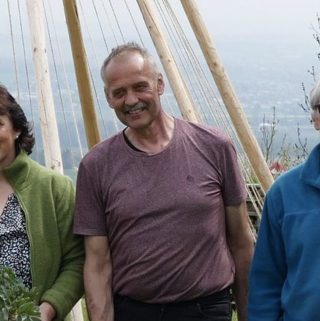
What is your name? What are the main projects or organisations you are currently involved in? Can you briefly introduce their activities and your function?
I have been running an organic farm for many decades. For a long time we grew vegetables, including peas, beans and soybeans, for direct sale. We gave up direct sales in 2018 in favour of the World Farming Project. Since then, the Weltacker Attiswil has been a guest on our farm.
How is your work or organisation related to legumes?
We used to grow peas for the production of preserves. Later, market vegetables such as runner beans, sugar snap peas, snow peas and soybeans. Of course, legumes also play a major role as arable crops for fodder (field beans, peas), as green fodder or as catch crops on our small farms.
In the global field we now also grow peas, lupins, peanuts, lentils and the bean diversity plot. The bean diversity plot is home to field beans, soybeans, fire beans, lunar beans, earth beans and various fresh and dry beans.
The bean diversity plot is continuously documented on the Global Field Attiswil website (German) and on our Global Bean show garden.
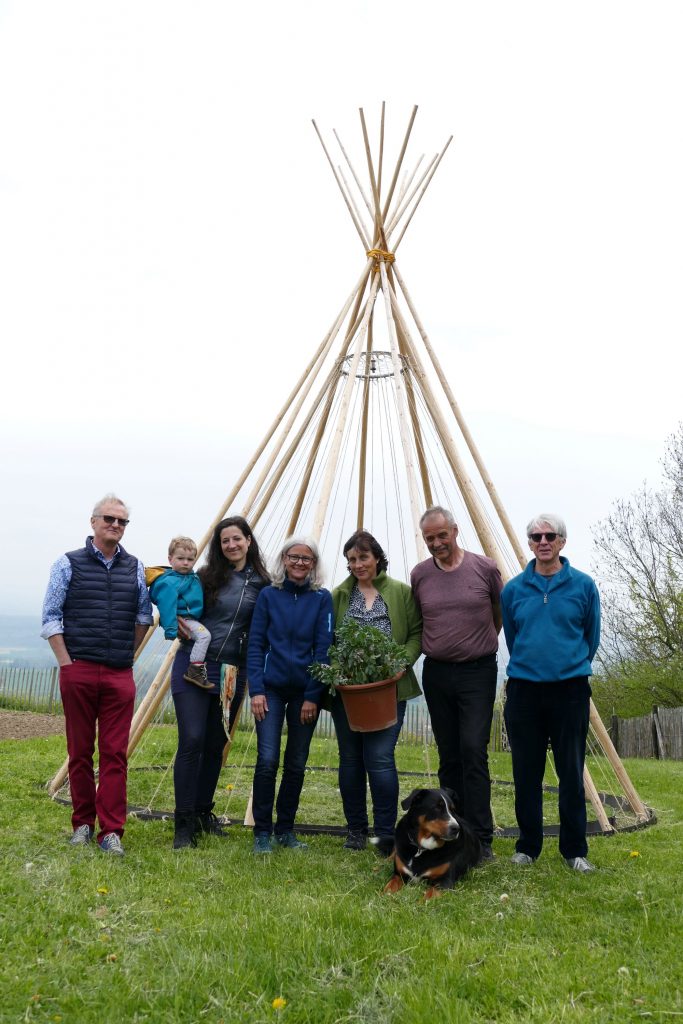
What do you think are the biggest challenges a) for producers and b) for consumers?
Big challenges in production have been pests (bean aphid) or diseases in field beans, for example. In peas, aphids or mildew can lead to crop failures. In addition, the sale of the products as food is not always possible. In the case of soybeans, climatic conditions are challenging. If it already gets wet and cold in the early autumn, mechanical harvesting is no longer possible on our loamy soils, or soil compaction occurs. Basically, the use of machinery in these special crops is difficult. Sometimes there is a lack of specialised machines for the small areas or the performance of the machines is insufficient (e.g. sorting out small stones in lentils). Crop rotation also needs to be planned well.
The cultivation of fresh produce for direct sale is not problematic, as most of the harvesting is done by hand.
For many consumers, the question of bean digestion is a key issue.
What fact(s) about pulses do you think are most important for their promotion?
Legumes have the right properties for a plant-based diet as well as for easy storage, but also the nitrogen fixation by the nodule bacteria make pulses valuable plants on our fields. In addition, they convince with their diversity and rich flowering.
Consumers benefit from the diversity that pulses bring to the kitchen. They are also inexpensive food.
How did you fall in love with pulses?
Legumes are compelling with their wonderful talents, but also with their colourful flowers and multicoloured seeds. I like the stories that are woven around plants. The fact that a legume is typical of every region of the world and is one of the staple foods shows how important these plants are. The world is a “heap of beans”, we can read in the book “History of beans”.
Do you have a favourite legume and why? Tell us about your personal experience with pulses.
For cooking and eating, I particularly like fresh green beans. But we are also particularly fond of runner beans (called “fire beans” in German) , whose seeds have passed from generation to generation and have now also blossomed magnificently in the bean diversity plot.
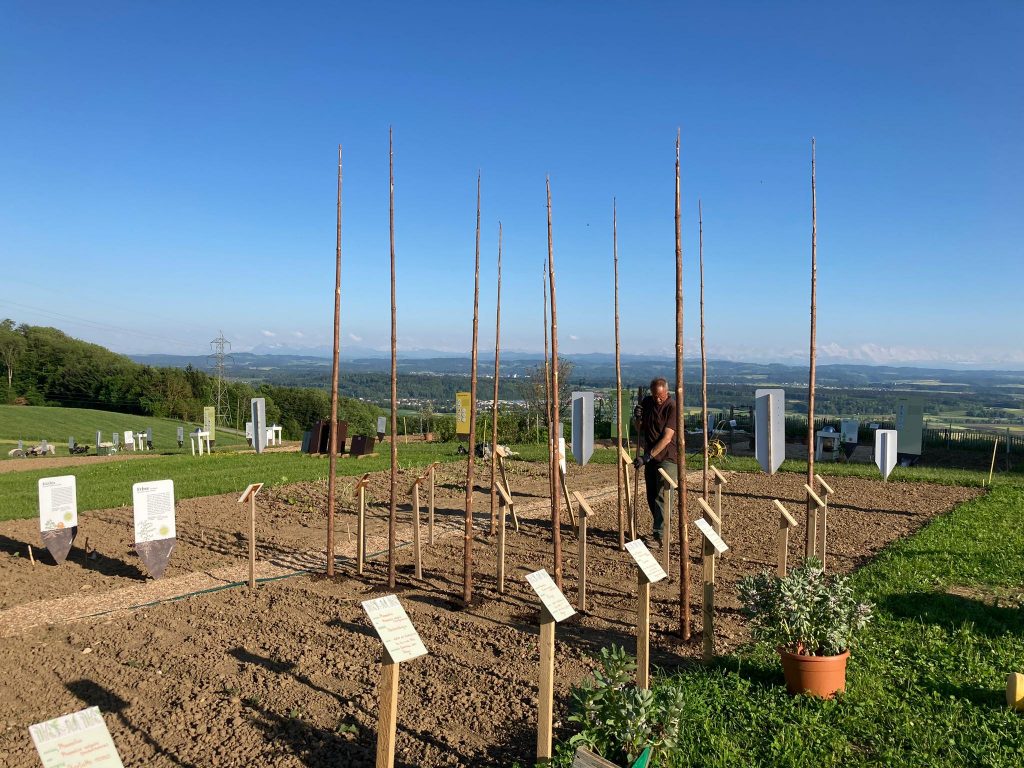
We have become newly acquainted with the Lima bean. They have crept into our hearts. Not only the red and white speckled bean seeds are pretty. It is impressive how the bean pods “twist” after opening.
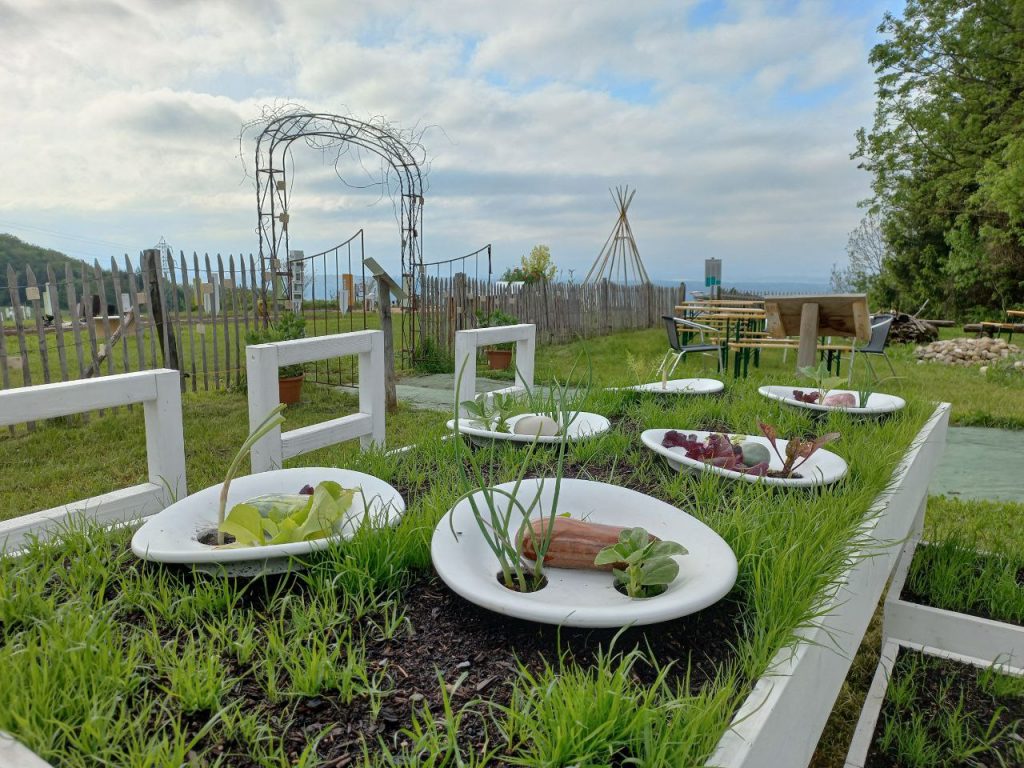
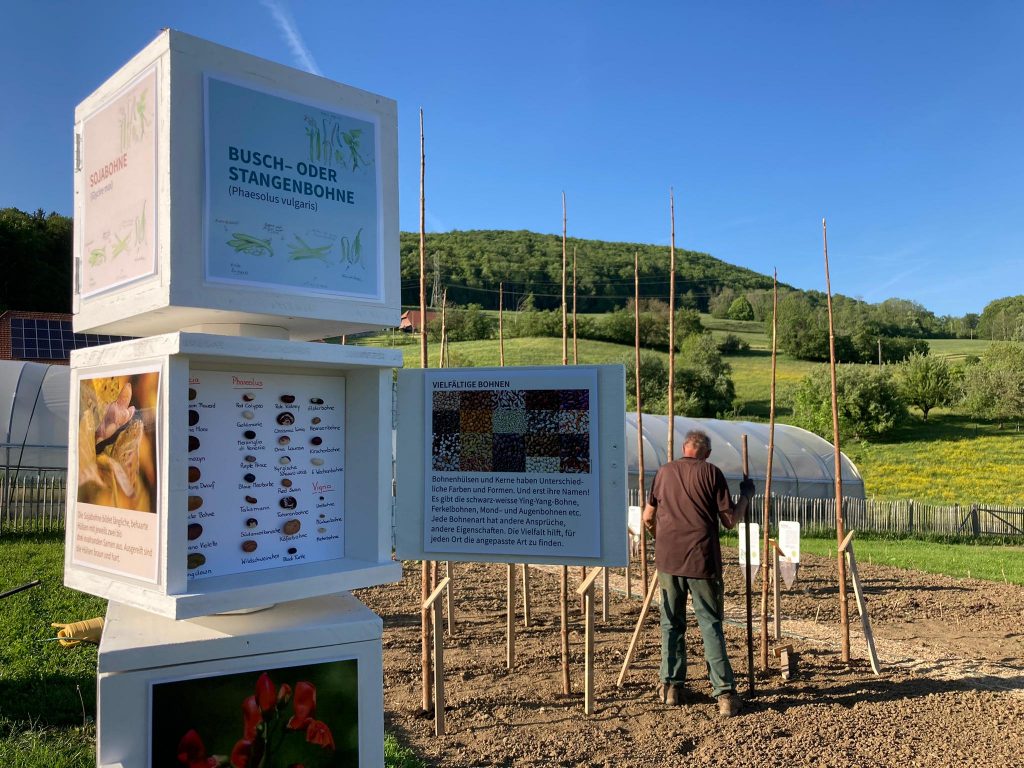
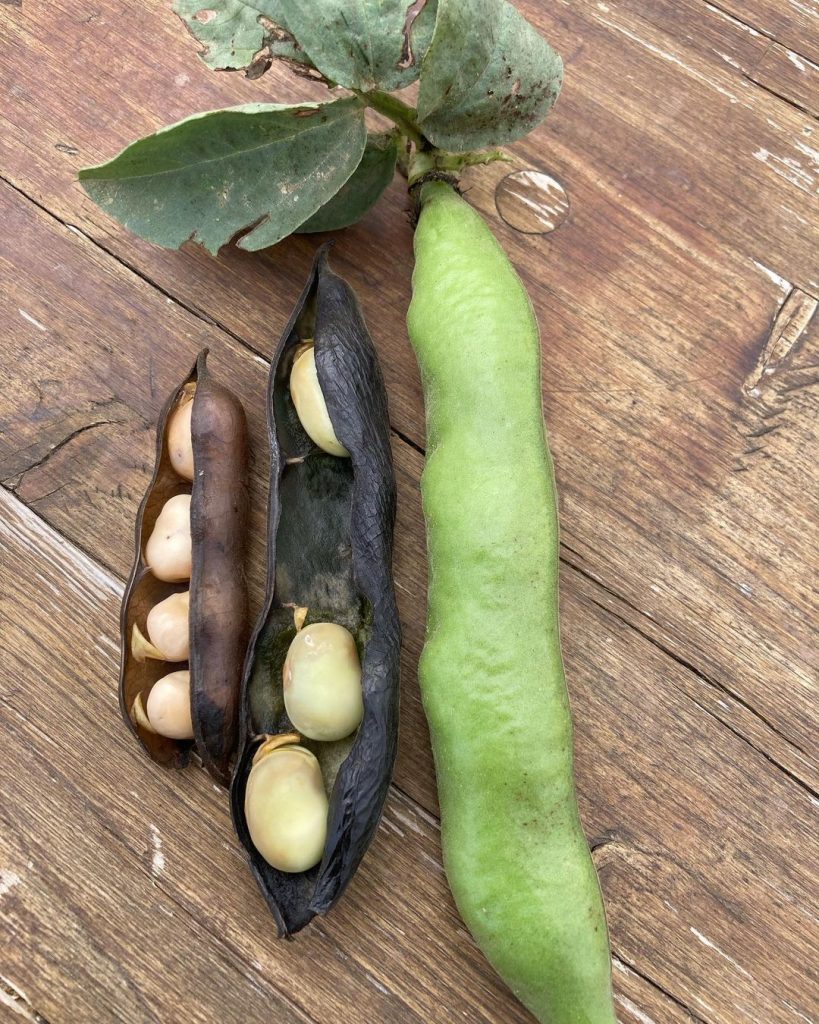
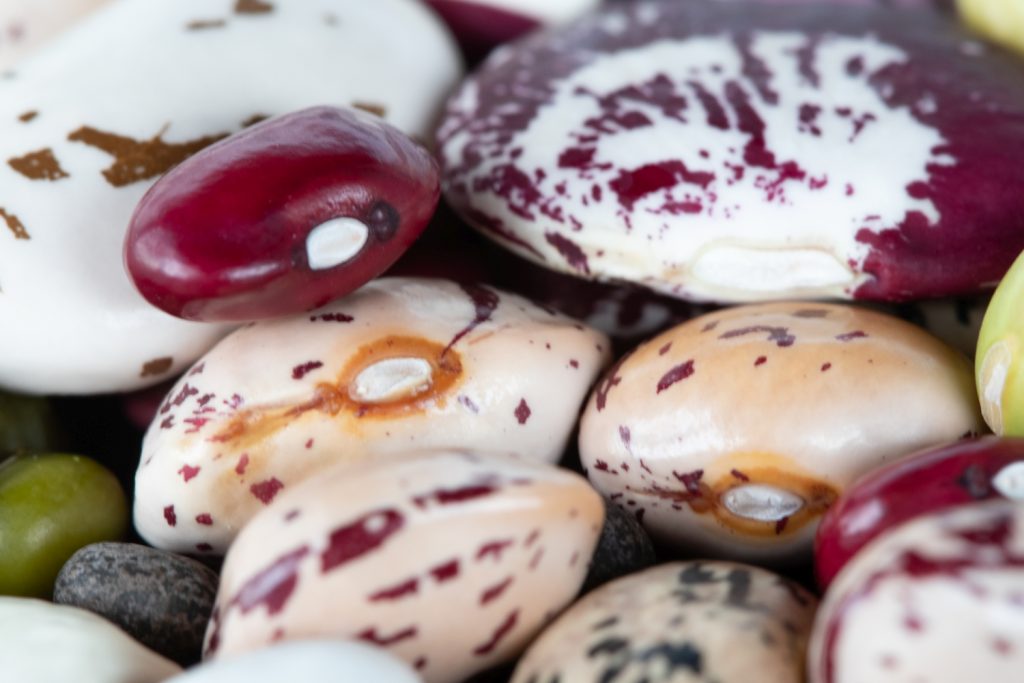
The Weltacker Attiswil ShowGardens videos




